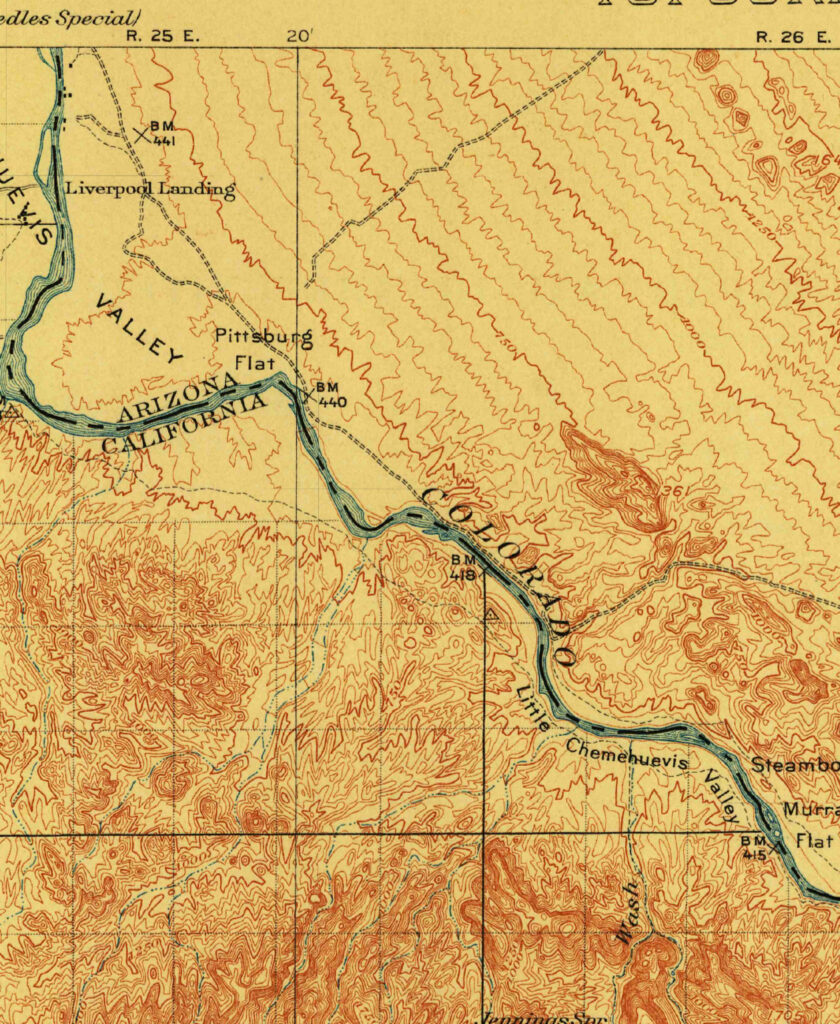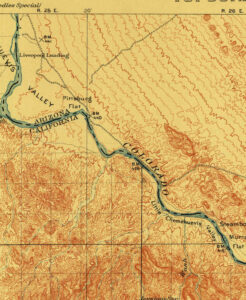Setting up is easy. Once Landsat: Seeing in a Different Light arrives, follow these steps to set up:
 Unscrew the four bolts using a 12mm wrench and remove the door, setting the door aside and out of the way.
Unscrew the four bolts using a 12mm wrench and remove the door, setting the door aside and out of the way.- Gently remove the main console from the box (you will need two people to do this).
- Plug it in and it should power right up.
- Remove the two black cases from the shelf inside the shipping crate, unzip the cases and remove the pop-up banner stands and the long metal poles that are under the Velcro pocket in each case.
- To assemble the banners, first assemble the metal poles so that they create one large metal pole with the elastic band running from top to bottom.
- Put the assembled metal poles into the circle on the bottom of the banner stand so the poles stand upright with the pronged end at top, forming a “T'”.
- Pull the banners gently from the base to unroll them, gently latching the banner on one side of the T at the top.
- Repeat step 7 for the other side. You should have one banner at the front that shows information about the exhibit and the backside banner should show either an image of Earth from space or an image of Landsat in space.
- Repeat Steps 7 and 8 for the other banner.
- Place the erected banner stands on either side of the exhibit, with the informational side facing forward.
The fully set up exhibit will look like the image to the right.
For more information, please contact tassia.owen at nasa.gov.




